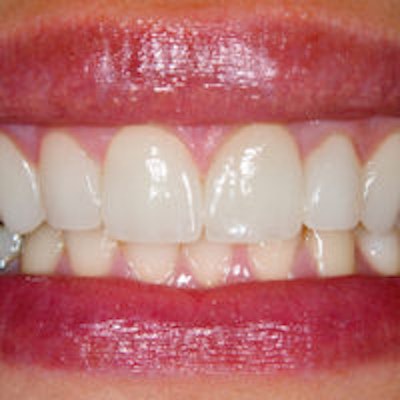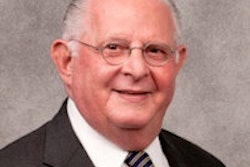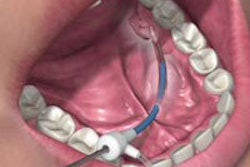
Ongoing advances in tissue engineering are pushing the boundaries of what scientists can regenerate. Most recently, the development of tooth-like structures from stem cells in human urine has garnered international attention from lay and professional audiences alike (Cell Regeneration, July 30, 2013).
For the study, researchers from China utilized human induced pluripotent stem cells (iPSCs) for the first time in solid tissue or organ regeneration. More specifically, they used a form of stem cells derived from cells in the urine, called integration-free human urine induced pluripotent stem cells (ifhU-iPSCs).
This method is in contrast to isolation of various tooth stem cells such as dental pulp stem cells or gum stem cells for use in regenerating teeth. A major drawback of using isolated dental stem cells is "the absence of consistent sources of epithelial stem cells with odontogenic potential in the adult human individual," the researchers noted.
This being said, epithelial substitutes from self-generating iPSCs seem to offer an improved solution to the problem. However, the question of "Why urine?" still seems to persist through mainstream media outlets. According to lead study author Jinglei Cai, from the Guangzhou Institute of Biomedicine and Health, the motivation behind using body waste was simple: "Urine is easy to collect," Jinglei stated in an email to DrBicuspid.com. In addition, it also "would not cause any troubles for generation of patient-specific iPSCs, which is the first step of therapy using iPS techniques." Thus, the ability to derive iPSCs directly from the patient appears to be an efficient avenue to avoid immunological complications.
Cai and her co-authors first obtained dental epithelia from ifhU-iPSCs using retinoic acid and bone morphogenic protein 4 in a medium. The resultant cells were passaged at 1:3 and grown in keratinocyte serum-free medium to become strong, flexible epithelial sheets at day 7 of growth. These sheets were recombined with mouse dental mesenchyme prior to being transplanted into the subrenal capsules of mice. Following three weeks of growth, tooth-like structures could be observed in the kidneys. After removing these structures from the fibrous cysts and surrounding bone, enamel, enamel space, dentin, and dental pulp could all be recognized, the researchers reported.
When asked how this technology might be applied in future dental clinics, Jinglei noted that several steps would need to be taken to achieve a more complete human tooth. First, mouse cells would need to be replaced with human cells using this model. Next, the tooth size and shape would need to be adjusted to proper proportions. After a complete oral cavity model for transplantation can be achieved, preclinical experiments could commence.
The need for craniofacial regenerative therapies is becoming crucial. According to the Centers for Disease Control and Prevention, by 2030 some 30 million people in the U.S. will be edentulous. What if we could somehow harness the regenerative powers of fish and reptiles to stimulate our adult teeth to regrow indefinitely?
The idea may not be too far-fetched. Earlier this year, an international team of researchers described the tooth renewal system of American alligators (Proceedings of the National Academy of Sciences, May 13, 2013). Alligator and human teeth are both well-organized; however, an alligator's tooth has a lifelong system for renewal, while humans regenerate their teeth only once, the researchers noted. They concluded that it might be possible to pinpoint the regulatory network for tooth cycling. In adults who have lost teeth, we could stimulate latent stem cells in human dental lamina to re-establish a normal renewal process. In a patient with supernumerary teeth, we might also be able to terminate the spawning of an uncontrolled tooth.
Undoubtedly, additional robust research studies and improved grant allocations for labs are essential for a bright future in clinical stem cell-based therapies.
Zachary R. Conley ([email protected]) is a freelance science and medical writer.



















